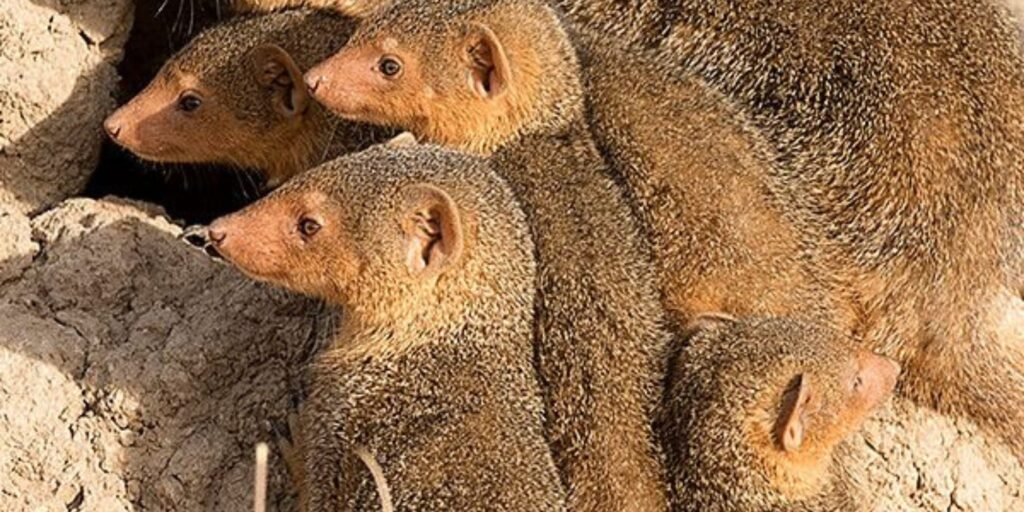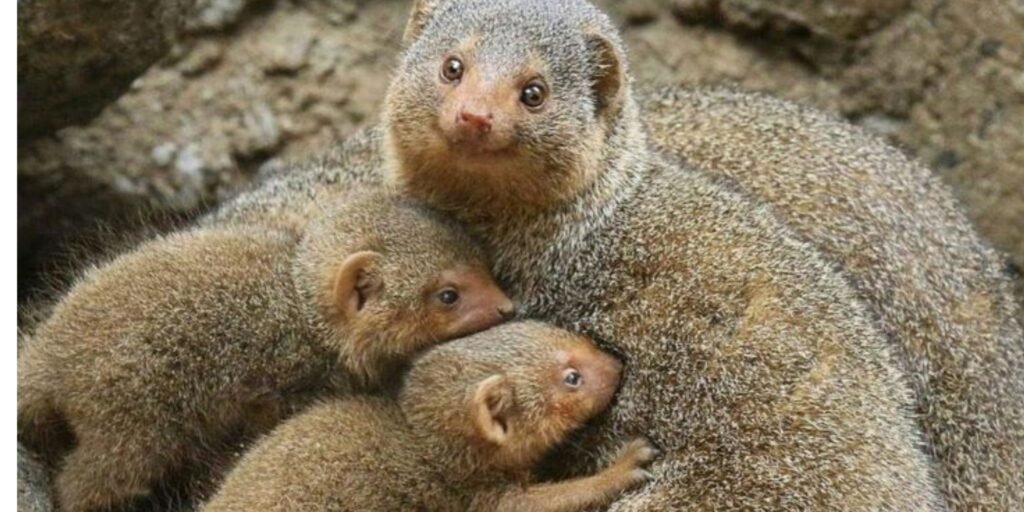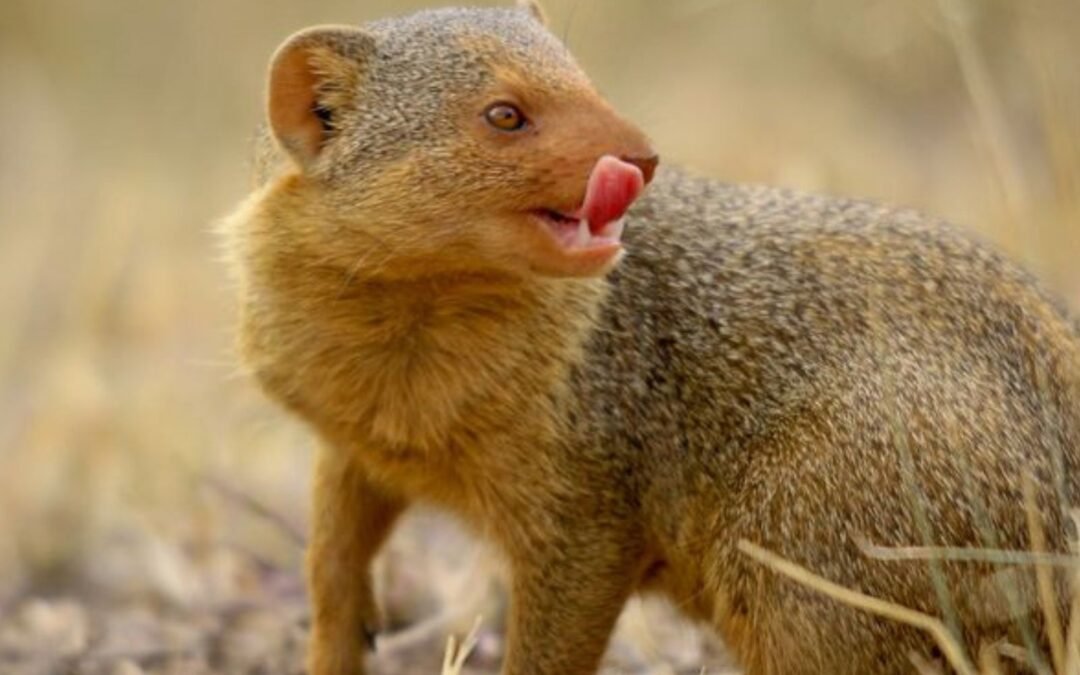When we think of exotic animals as pets, the mongoose is often a creature that comes to mind due to its spirited nature, sharp reflexes, and intriguing behaviors. With their reputation for being fearless hunters and highly social animals, it’s no wonder many people wonder if they can keep a mongoose as a pet. However, owning a mongoose as a pet raises several important questions about their behavior, care requirements, and their compatibility with domestic life. In this article, we will explore the potential and pitfalls of having a mongoose as a pet, taking into consideration their instincts, legalities, and the responsibilities involved.
Understanding the Mongoose

Before deciding whether a mongoose could be a suitable pet, it is important to understand what a mongoose is and how it behaves in the wild. Mongooses are small carnivorous mammals belonging to the family Herpestidae. Native to parts of Africa, Asia, and Europe, mongooses are known for their high intelligence, agility, and, in some species, their ability to confront and defeat venomous snakes. These animals are highly adaptable and capable of living in a variety of habitats ranging from savannas and forests to urban areas.
Mongooses are social creatures, often living in groups or families. They are also very territorial and will protect their area from intruders, which can include other mongooses or predators. Their natural diet consists of insects, small rodents, birds, and reptiles. While some mongooses are solitary, many species are highly social, engaging in complex interactions with others of their kind.
Are Mongooses Domesticated?
One of the first factors to consider when thinking about owning a mongoose is whether they have been domesticated. Unlike dogs, which were domesticated thousands of years ago, mongooses have not undergone a long process of selective breeding to become companion animals. While some species, such as the Indian mongoose, have been raised in captivity in certain parts of the world, they remain wild animals with specific needs that are difficult to meet in a domestic setting.
In their natural habitats, mongooses have evolved to be self-sufficient, highly alert, and independent. Their behaviors are shaped by survival instincts rather than by a desire for companionship or affection from humans. As a result, they may not possess the traits that make domesticated animals, like dogs or cats, suitable as pets. Mongooses are more likely to view humans as strangers, and while some may tolerate their presence, true affection is uncommon.
The Challenges of Keeping a Mongoose as a Pet
Keeping a mongoose as a pet involves several challenges. While they may appear adorable with their playful antics, mongooses are not the ideal pets for most households. Let’s explore some of the main challenges that come with attempting to care for a mongoose in a domestic setting.
Behavioral Issues
Mongooses are wild animals with instincts that are difficult to suppress in a domestic environment. These instincts drive much of their behavior, including their hunting skills, territoriality, and need for constant mental stimulation. Mongooses are highly active animals that require a large space to roam, explore, and engage in natural behaviors like hunting and foraging. In a confined home environment, a mongoose may become stressed, anxious, and potentially aggressive.
Mongooses are also known for being curious and intelligent, which can lead to destructive behaviors if they are not properly stimulated. For example, they have been known to chew on furniture, wires, and other household items. This destructive tendency is a result of their instinctual need to explore their surroundings and find food or resources.
In addition to being curious, mongooses are also quite territorial. If you have other pets, such as dogs or cats, introducing a mongoose into your household may result in territorial disputes and aggression. This can make living with a mongoose more complicated, as they may feel the need to defend their space or food.
Dietary Needs

Mongooses are carnivorous and require a diet that mirrors what they would eat in the wild. This includes insects, small mammals, birds, and reptiles. Providing an appropriate diet for a mongoose can be difficult and expensive. They also need a variety of food to ensure they receive the proper nutrients, which can be hard to replicate in a domestic setting.
In captivity, mongooses may become picky eaters if their diet lacks variety, and it cannot be easy to meet their nutritional needs. This issue is compounded by the fact that mongooses often hunt and forage throughout the day, which means their meals are typically spread out rather than consumed all at once. If kept as a pet, mongooses may become frustrated if they do not have access to food or prey that satisfies their natural hunting instincts.
Exercise and Mental Stimulation
Due to their energetic and intelligent nature, mongooses require plenty of exercise and mental stimulation to remain healthy and happy. In the wild, they are constantly on the move, hunting for food, exploring their environment, and interacting with other mongooses. In a domestic setting, it cannot be easy to provide enough physical and mental enrichment to keep a mongoose content.
Without enough exercise and stimulation, mongooses can become bored and frustrated. This frustration may lead to destructive behaviors, such as chewing on furniture, digging, or escaping their enclosures. Additionally, mongooses can develop health problems if they are not able to engage in regular physical activity.
Health and Veterinary Care
Another challenge of owning a mongoose as a pet is the difficulty in providing proper veterinary care. Since mongooses are not domesticated, not all veterinarians are equipped to handle their specific health needs. Additionally, mongooses are prone to certain diseases and parasites that may require specialized treatment. The cost of caring for a mongoose, including providing the right diet, supplements, and veterinary care, can quickly become expensive.
Furthermore, mongooses are known to carry diseases that can be transmitted to humans, such as leptospirosis and rabies. While the risk of contracting these diseases is relatively low, pet owners need to be aware of the potential health risks and take proper precautions.
Legal Considerations
Before considering a mongoose as a pet, it’s crucial to understand the legal implications. In many countries, owning a mongoose is illegal. Authorities restrict the ownership of mongooses due to concerns about their impact on local ecosystems and wildlife. For example, mongooses are invasive species in places like the United States, where they threaten native animals.
In regions where ownership is legal, strict regulations apply. Some U.S. states require permits to own exotic pets like mongooses. Always check local laws before obtaining a mongoose to ensure compliance with regulations.
Alternatives to Keeping a Mongoose as a Pet
If you love mongooses, you can still appreciate them without owning one. Consider these alternatives:
Visit Wildlife Sanctuaries or Zoos
Many wildlife sanctuaries and zoos house mongooses in environments that resemble their natural habitats. These facilities allow you to observe their social behaviors and unique characteristics. Visiting such places lets you enjoy mongooses safely without the responsibility of ownership.
Can a mongoose be a pet? :Consider a Domesticated Pet
If you seek a playful, intelligent companion, domesticated pets might be a better choice. Pets like dogs, cats, and ferrets share curiosity and sociability with mongooses but are bred for companionship. They adapt well to human households and offer a more practical pet ownership experience.
Can a mongoose be a pet? :Conclusion

While mongooses are fascinating creatures, they do not make suitable pets for most people. Their wild instincts, social needs, dietary requirements, and legal restrictions make them a challenging pet choice. Instead, enjoy mongooses in their natural habitats or controlled environments like zoos and sanctuaries.
If you want a domesticated pet, choose one that can better adapt to life with humans. This ensures both the animal’s well-being and your satisfaction.

